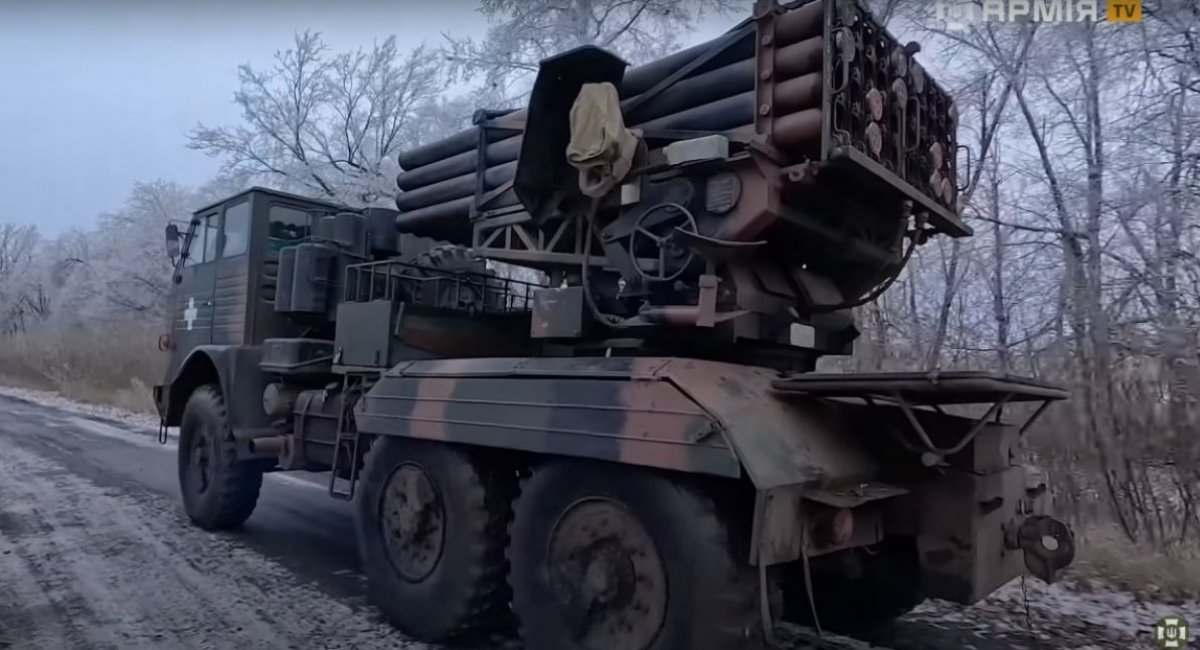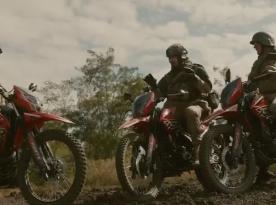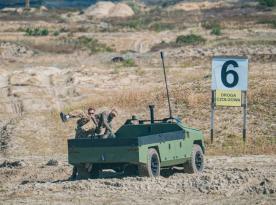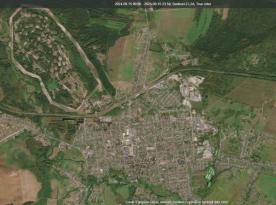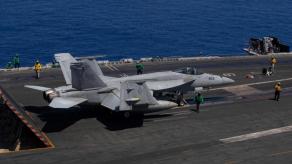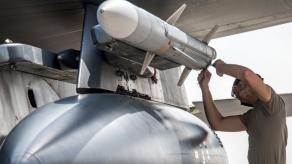Romania generally does not disclose the volume of military aid provided to Ukraine. However, available information confirms the transfer of APR-40 multiple rocket launchers, which are essentially Romanian copies of the BM-21 Grad MLRS.
There is currently no precise data on how many APR-40 systems Ukraine has received. Attempting to estimate based on The Military Balance would be inconclusive, as the reference states that the Romanian army had the same 134 APR-40 units in both 2022 and 2024. However, a recent video report from Army TV provides a clearer picture of how the APR-40 performs in practice.
Read more: Ukrainian Military Showcases Improvised MLRS Resembling BM-21B Grad
The video features a multiple rocket launcher produced in 1986, which was delivered to Ukraine’s 116th Separate Mechanized Brigade.
It is important to emphasize that any discussion of the advantages and disadvantages of the APR-40 versus the BM-21 Grad multiple rocket launcher ultimately leads to one key conclusion—gratitude to Romania for supplying these weapons.
Therefore, everything described below should be seen as a technical comparison rather than a critique, highlighting the practical operational differences between these two Warsaw Pact-era systems, which also share a similar appearance.
The fundamental differences between the APR-40 and BM-21 Grad lie in details that affect crew operations in the field. For example, on the BM-21 Grad, the aiming devices are mounted on a bracket below the rocket pack, allowing operation while standing on the ground. In contrast, on the APR-40, the aiming devices are attached to the side, requiring operation while seated. While this setup is less convenient than on the BM-21 MLRS, Ukrainian warriors have adapted to it.
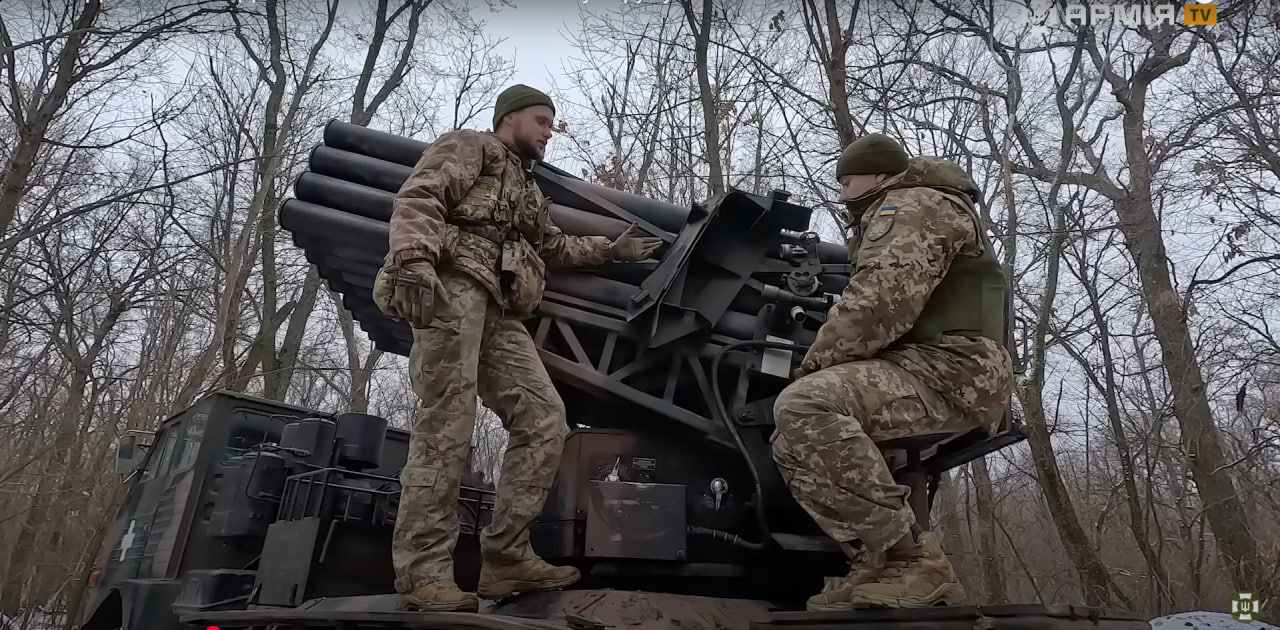
On the BM-21 Grad, the rocket pack is rotated using electric motors, whereas the APR-40 uses a hydraulic drive, controlled via a special panel with Romanian-language labels.
Additionally, the APR-40 has a cover on the rear of the launch pack that must be removed for maintenance, whereas the Grad lacks this feature. Overall, the BM-21 appears simpler and easier to operate.
Another challenge is that the APR-40’s production plant in Romania has shut down, making it difficult to find replacement parts for a system that frequently breaks down. In this situation, the expertise of Ukrainian military mechanics has been crucial in keeping these launchers operational.
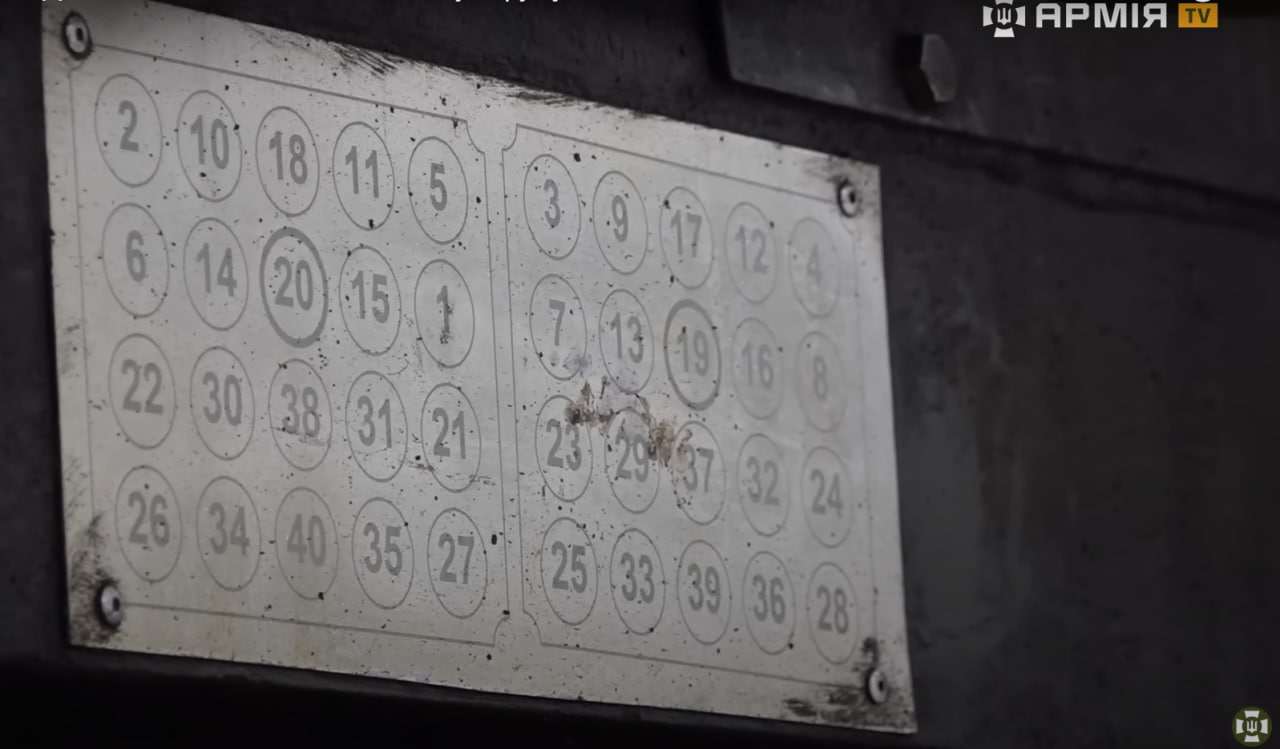
However, the APR-40 has an interesting advantage—the rockets do not fire sequentially but in a specific order outlined on a control chart. This prevents the launch tubes from overheating and minimizes vehicle movement during firing.
Additionally, the APR-40 is mounted on a Romanian DAC-665 truck, which, despite being originally designed for civilian use, has significantly better mobility than the Soviet Ural truck.
Ultimately, all comparisons lead to the key point: first and foremost, gratitude must go to Romania for providing the APR-40 MLRS, as these systems have been used to eliminate russian occupiers since May 2023.
Read more: Romania Weighs Fast-Track K2 Tank Purchase Amidst Growing Defense Needs




